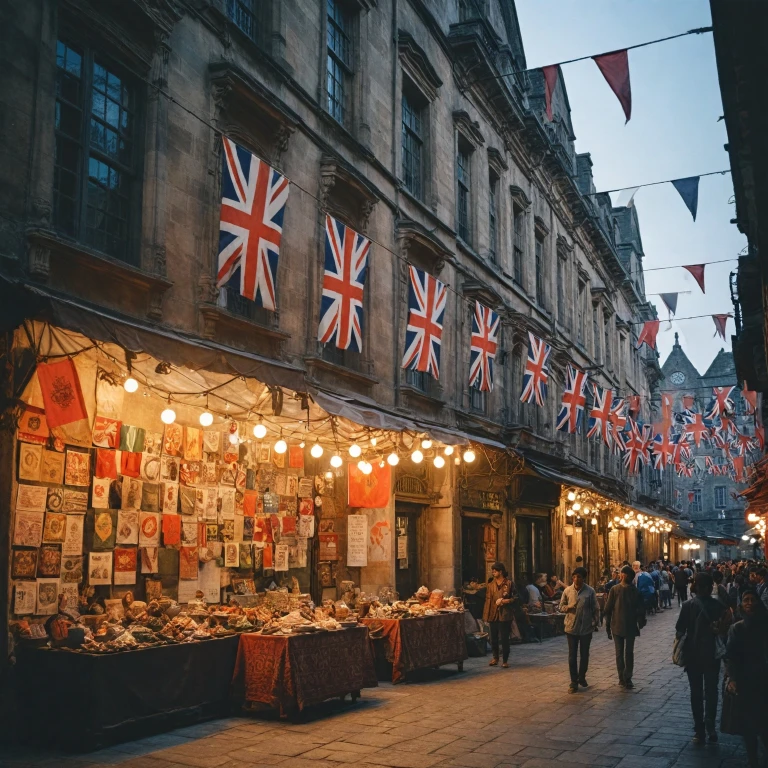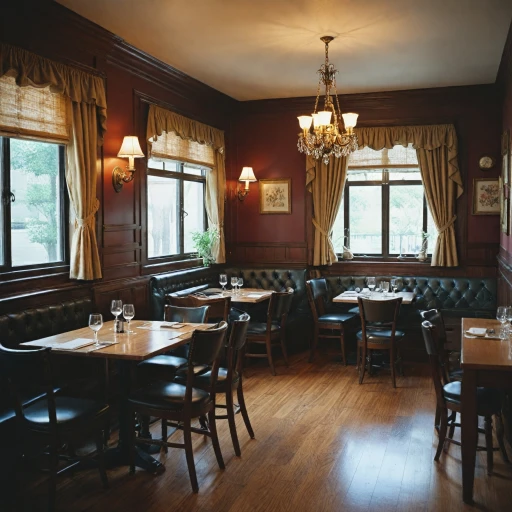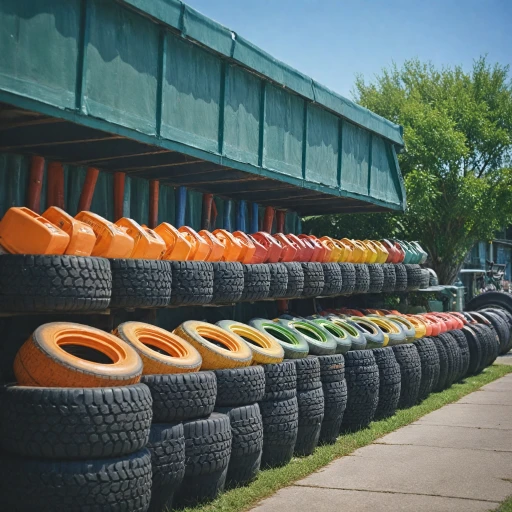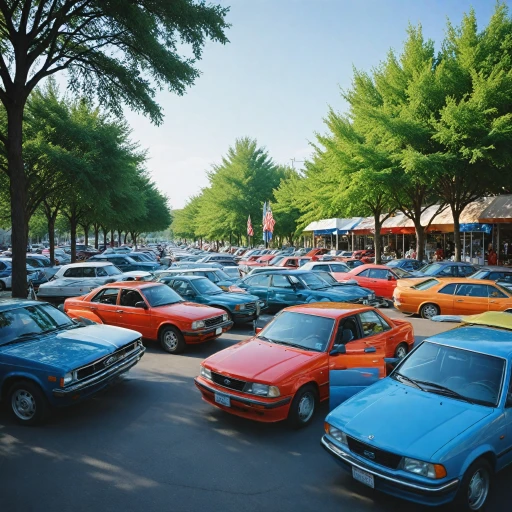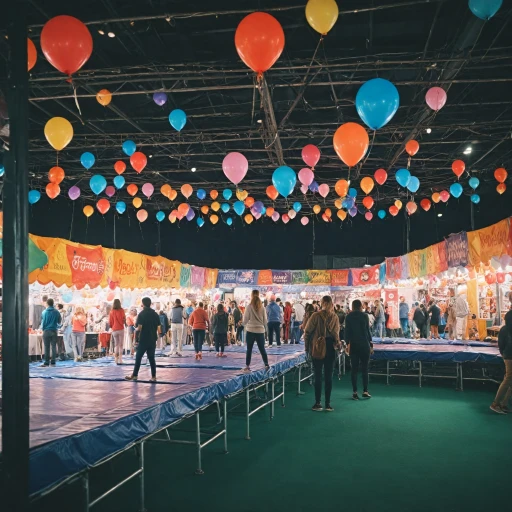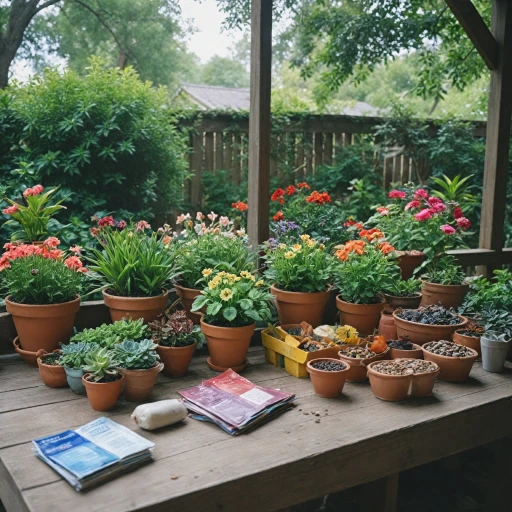
Understanding the Historical Significance
Delving into the Historical Impact of British India Flags
The flags of British India hold immense historical value, reflecting the complex tapestry of the British Empire's influence over the Indian subcontinent. During the British Raj, the Union Jack prominently, but various unique flags symbolized different entities like the East India Company and the British Indian Army. This period saw the emergence of flags not only as symbols of power but also as markers of cultural amalgamation.Understanding the historical significance of these flags requires a deep dive into their origins. The hand flags used by the British Indian army during times of war, and the ensign flags seen soaring high above government buildings, served as both tools of sovereignty and catalysts for change. Such flags were not merely fabric; they were a statement of the British Empire's reach, mingling with local Indian aesthetics to create something distinct.
Exploring historical records and archives, one measures the evolving designs across different regions and time periods. The Royal Navy's red ensign, for instance, was a staple during the British presence in the Indian Ocean, playing a vital role in maritime dominance. Collectors and historians today seek these specialist flags to better understand this interplay of power and identity.
Engaging with these artifacts offers an embrace of a layered past, making them more than mere collectibles, prompting reflections on the British India's legacy. For those interested in engaging with such pieces, knowing where to find authentic flags, assessing their condition, and understanding legal considerations are crucial steps to traverse. Investing time in such an exploration not only touches upon historical narratives of the British, Indian, and European interactions but also fosters appreciation for their preservation and care.
Where to Find Authentic British India Flags
Discovering Genuine British India Flags
When it comes to acquiring an authentic British India flag, the quest can be both exciting and daunting. Considering its historical significance, understanding where to procure these treasures requires a bit of knowledge and effort. Firstly, it's essential to explore specialist antique shops that stock a variety of flags, including hand flags and table flags, which represent the intricate history of the British Empire in India. Many of these establishments have an extensive selection, ranging from the East India Company flag, often distinguished by the union jack in its canton, to the red ensign used by the British Indian Ocean territories. Some shops focus specifically on flags linked to different eras and territories, offering flags that once fluttered under the British Raj or even those utilized in royal events. Alternatively, online marketplaces have become a fruitful hunting ground for such artifacts. These platforms can connect you to sellers globally, offering specialist flags from various periods, such as the union flag used in colonial Australia or Canada, as well as plain ensign flags representing simpler aspects of the empire. Here, you might encounter polyester reproductions, favored for their affordability, but it's crucial to evaluate the authenticity of the fabric to ensure it's not mistaken for a valuable antique. For enthusiasts and collectors, attending trade shows or flea markets dedicated to historical memorabilia can be thrilling. These events allow you to engage with fellow collectors knowledgeable about the nuances of the British India ensigns, enriching the experience with shared insights on the flags' provenance and significance. To ensure you make an informed purchase, you may want to consult with collectors who specialize in the British Empire's textile history, buying from reputable sources that can authenticate the flag’s origin and condition. Such careful considerations not only enhance the buying experience but ensure that your acquisition is a testament to history, much like choosing the right antique furniture for your business. Ultimately, knowing where to seek and how to discern authentic flags will enhance your collection and deepen your appreciation for such historical artifacts.Evaluating the Condition and Value
Determining the Worth of Historical Flags
Exploring the market for British India flags involves understanding the unique attributes that contribute to their value. To start, it's essential to evaluate the condition of these flags. Generally, flags in pristine condition command a higher price. Examining the fabric, whether it's traditional materials like wool and cotton or more modern polyester, can provide insights into a flag's authenticity and age. The design features are another critical aspect. The presence of a union jack or ensign flag design may indicate its historical significance, reflective of the British Empire or British Raj era. Consider whether the flag was part of the East India Company, thus representing a specific chapter in colonial history. Ensuring that flags maintain their original stitching, without repairs or alterations, enhances their desirability among collectors. For those dealing in authentic hand flags or table flags, it's important to verify the provenance, which is the documented history of the item. An antique flag that can be traced back to a particular event, such as a war or a significant occurrence in the British Indian period, will inherently have more value. Consulting with expert appraisers or specialists in historical flags can help ascertain the market value. Some flags, due to their rarity and significance, might be consigned through reputable auction houses or specialist flag dealers, providing a wider platform for potential buyers. For those intrigued by unmissable offers, subscribing to newsletters from these platforms can keep you updated on rare pieces becoming available. Finally, keeping abreast of the current trends within the collector community sheds light on fluctuating demand and can guide your purchase decisions effectively. By understanding these elements, you can make informed choices and secure valuable additions to your collection.Legal Considerations in Purchasing Historical Flags
Legal Aspects of Acquiring Historical Flags
When it comes to purchasing historical British India flags, understanding the legal considerations is paramount. Many of these flags, such as the British Indian, Ensign flag, or the East India Company ensign, are not only antique items but also pieces of historical heritage. Therefore, proper legal channels must be followed during their acquisition and ownership.
The first step is to ensure that the flag or flags in question are not classified as cultural artifacts protected by laws either in India or in other countries involved, such as England. Certain items, including those tied to the British Empire period, may be restricted by legislation that prevents their export or sale. It's essential to verify the provenance of the flag, confirming its source and ensuring it was obtained through legitimate means.
Antique flags, particularly those connected to the British Raj or the East India Company, can often fall into a legal gray area when it comes to sales and export. It's advisable to consult with a legal expert or a flags specialist familiar with international laws surrounding historical items.
It's also important to consider import restrictions if you're planning to bring a flag into a different country. Regulations may vary widely, with some nations having stringent compliance checks for items connected to colonial history, such as the flags of the British Indian Ocean or those used by the British Royal forces.
- Look for the condition of sale documents that come with any purchases. These should clearly outline the legality and origin of the flag.
- Check if there are any restrictions or requirements regarding possession, especially for artifacts that may be considered significant to historical narratives.
- Ensure a reliable delivery service that complies with customs regulations and protects heritage items during transportation.
Finally, remember that owning a piece of history like a British Indian ensign flag, whether a hand-sewn or polyester replica, entails responsibility. This involves not just preserving its physical aspect, which is crucial for maintaining its value, but also understanding its historical context in the broader tapestry of British and Indian heritage.
Preservation and Care Tips
Preserving Your British India Flag Collection
Caring for your British India flags is essential in ensuring their longevity and maintaining their historical value. When considering preservation, the materials of the flag, such as cotton, polyester, or other textiles, play a crucial role. These flags, whether they are antique union jacks or ensign flags, have often been exposed to various elements over time, making their preservation a delicate process. Firstly, consider the environment where the flags will be stored. Keeping them away from direct sunlight and in a controlled temperature can prevent fading and damage. Humidity can be particularly harmful, promoting mold and mildew growth. It's advisable to store flags in an environment with humidity levels between 35% to 50%. For hand flags or royal ensigns made from natural fibers, regular inspections for signs of wear, such as fraying or discoloration, are crucial. Repairing minor damage, when caught early, can prevent further deterioration. Consulting with a textile specialist before attempting any repairs can be beneficial to ensure the appropriate techniques are employed. When displaying flags, using archival materials for mounting or framing is recommended. This reduces the risk of acid damage to the fabric. Avoid adhesives or pins that may cause permanent harm. Instead, opt for methods that minimally interact with the flag material. Additionally, understanding the historical context and significance of each flag in your collection can guide you in its preservation. For instance, flags from the British Raj, the East India Company, or emblems of the British Empire may require different preservation techniques due to their unique construction and historical usage. Engaging with the collector community can provide insights and tips on the latest preservation methods. These conversations can be especially useful for maintaining flags from various historical periods, such as those from the British Indian and Indian Ocean regions, as well as flags from European, Australian, and Canadian contexts. Ultimately, comprehensive care and attention to the condition of your British India flag collection will ensure they remain valuable relics of history, connecting you to the rich past of the British empire and its diverse legacy.Connecting with the Collector Community
Engaging with Like-minded Collectors
Entering the world of historical flags, including British India flags, opens the door to a vast community of enthusiasts and collectors who share an appreciation for the rich history of these pieces. To connect and immerse yourself in this vibrant network, here are some approaches to consider:- Join Collector Forums and Groups: Online platforms dedicated to flag collectors, particularly those with interests in the British Empire, are invaluable for sharing knowledge and experiences. Many forums offer detailed discussions on topics such as the impact of the East India Company and the significance of the British Raj.
- Attend Flag-related Events: Participating in events, such as exhibitions and collectors' fairs, allows you to meet others passionate about flags from the British Indian era. These gatherings often feature lectures and showcases of exquisite ensign flags and rare table flags from the era.
- Become a Member of Historical Societies: Societies with a focus on British and Indian history, as well as naval ensigns and union jack flags, often provide networks and resources for collectors. Membership can offer you access to expert insights into both the antique and modern manifestations of these flags.
- Engage in Social Media Communities: Platforms like Facebook and Instagram host groups dedicated to flags, including British India flags, where you can discuss topics ranging from polyester flags to antique hand flags.
